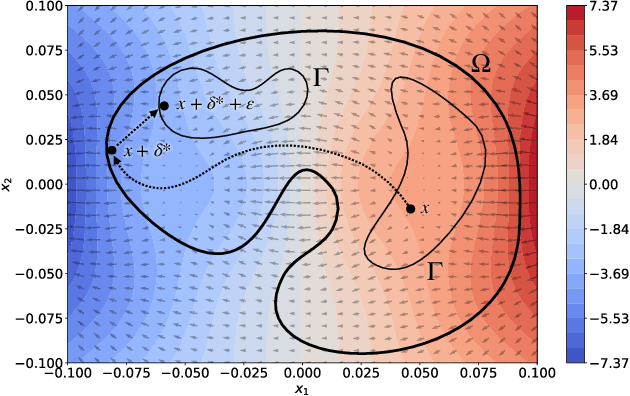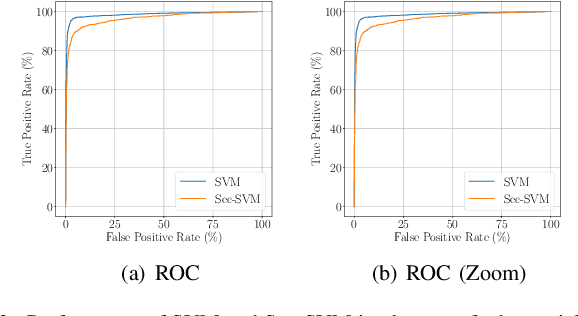Intriguing Properties of Adversarial ML Attacks in the Problem Space
Paper and Code
Nov 05, 2019



Recent research efforts on adversarial ML have investigated problem-space attacks, focusing on the generation of real evasive objects in domains where, unlike images, there is no clear inverse mapping to the feature space (e.g., software). However, the design, comparison, and real-world implications of problem-space attacks remain underexplored. This paper makes two major contributions. First, we propose a general formalization for adversarial ML evasion attacks in the problem-space, which includes the definition of a comprehensive set of constraints on available transformations, preserved semantics, absent artifacts, and plausibility. We shed light on the relationship between feature space and problem space, and we introduce the concept of side-effect features as the by-product of the inverse feature-mapping problem. This enables us to define and prove necessary and sufficient conditions for the existence of problem-space attacks. We further demonstrate the expressive power of our formalization by using it to describe several attacks from related literature across different domains. Second, building on our general formalization, we propose a novel problem-space attack on Android malware that overcomes past limitations in terms of semantics and artifacts. Experiments on a dataset with 170K Android apps from 2017 and 2018 show the practical feasibility of evading a state-of-the-art malware classifier, DREBIN, along with its hardened version, Sec-SVM. Our results demonstrate that "adversarial-malware as a service" is a realistic threat, as we automatically generate thousands of realistic and inconspicuous adversarial applications at scale, where on average it takes only a few minutes to generate an adversarial app. Our formalization of problem-space attacks paves the way to more principled research in this domain.
 Add to Chrome
Add to Chrome Add to Firefox
Add to Firefox Add to Edge
Add to Edge